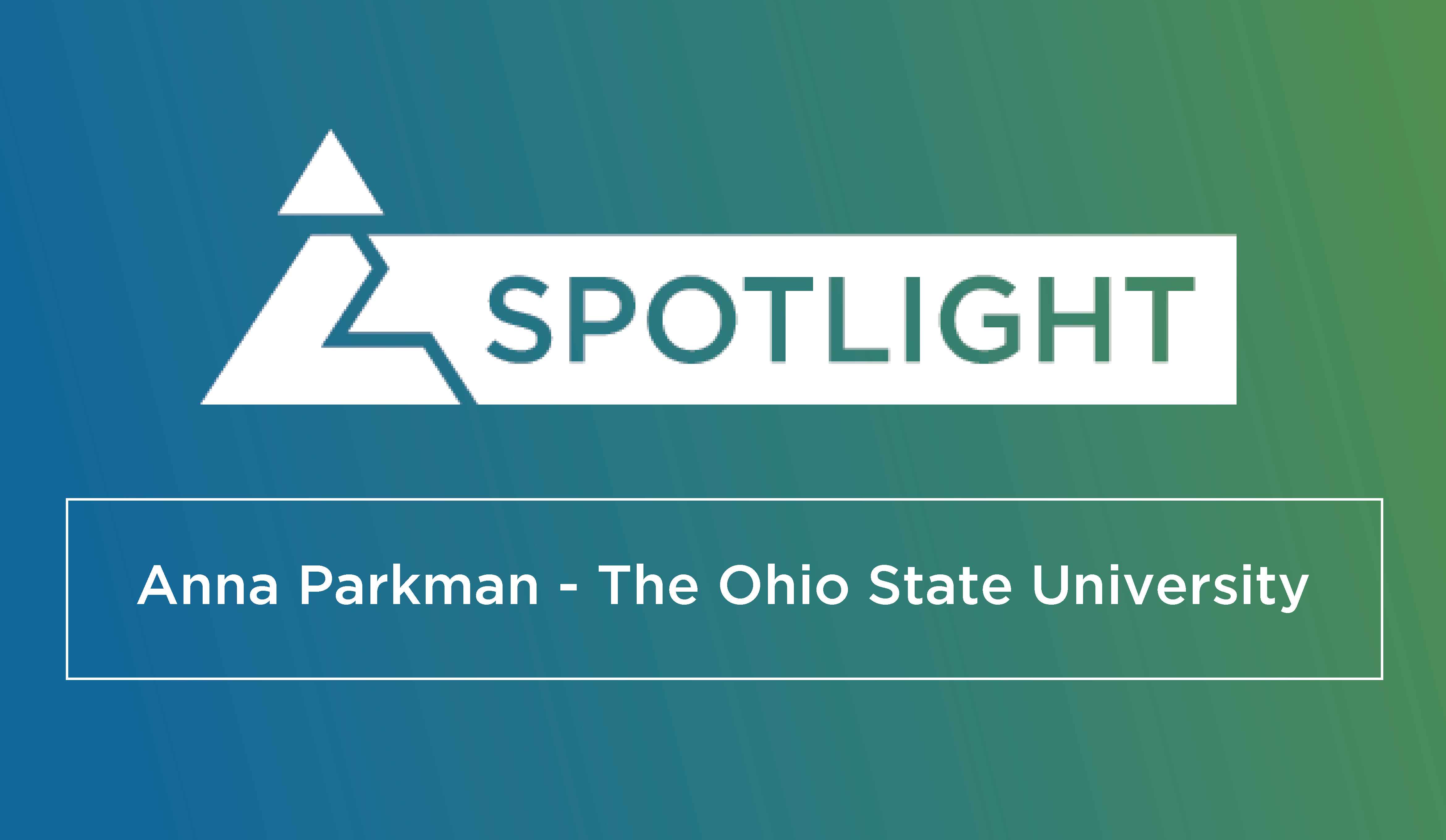How Dr. Parkman Uses CapsimInbox at OSU to Tackle 3 Critical Problems in Higher Education
May 29, 2018


Recently, we had the opportunity to interview Anna Parkman, Senior Lecturer in the Department of Agricultural, Environmental and Development Economics at The Ohio State University, to gather her thoughts and experience with the implementation of CapsimInbox, a simulation-based soft skills assessment tool.
We’ve pulled the three main nuggets of insight about how OSU is utilizing CapsimInbox to ensure student success beyond the classroom. Throughout this post, we’ve also inserted audio fragments from the interview so you can hear about the benefits of CapsimInbox directly from Professor Parkman.
1. Filling a Void
Professor Parkman wanted students to complete a self-assessment that increased accurate self-awareness of current skill proficiencies. In addition, and unlike traditional self-assessments, she needed a tool that allowed participants to measure their results against a standard, thus identifying specific strengths and weaknesses.
“One of the things I wanted for students was the opportunity to self-assess, but in a way that’s not just their perspective…Students frequently would self-assess using whatever part of the text and get a result. If they didn’t like it, they just said it was a bad self-assessment. There wasn’t anything to challenge their perspective.” – Anna Parkman, OSU
CapsimInbox allowed her to accomplish just that, increasing accurate self-awareness in her students while measuring current skill proficiencies against a standard. Furthermore, this experiential assessment also provided students with actionable feedback that guided them through the next steps of their development process. “I hadn’t seen anything like this before…for me, this was a huge void out there and Capsim filled it,” expressed Parkman.
2. Putting results into action
Educators have one goal in common: to prepare students for career success. Yet, students often graduate without the ability to skillfully apply the knowledge they obtain in the classroom. This issue, commonly referred to as the knowing-doing gap in higher education, leaves graduates completely unprepared for the increasing expectations of hiring organizations.
CapsimInbox provided an unprecedented opportunity for students to turn developmental feedback into action:
“The fact that you build goals for growth on the other side of the assessment, again, was something I hadn’t seen anywhere else. We talk about goals a lot in class but very little about utilizing them in our professional growth.”
This tool teaches students to write and develop S.M.A.R.T. (Specific, Measurable, Achievable, Relevant, Time-bound) goals. The goal creation process really appealed to students:
“Lots of discussion in those [student course evaluations] about understanding themselves better and being able to do something about the things they’d like to change. The goal part of CapsimInbox really seems to be significant for them. They saw the utility in it. A lot of assignments, I can talk about the utility of it and they may not see it for another 4 or 5 years. They saw this right away.”
“Students enjoy learning more about themselves and they’re intrigued about the connection to their careers and personal lives.” – Anna Parkman, OSU
3. Engaging a new generation of students
This generation of students doesn’t respond to the same traditional instructional methods that are still popular across the education industry. To avoid student disengagement, educators must look to provide relevant and multisensory experiences that better align with students who spend more time on the internet than they do paying attention to lectures.
As Professor Parkman mentions, “It [CapsimInbox] provided an opportunity for students to do the assessment, go through the process, get some results, compare them to standards and then say, ‘Okay, I’d like to work on this. How do I do that? How do I write a goal?’ It teaches you how to write S.M.A.R.T. goals and it provides feedback to the students on their goals. That seemed to really engage them…I’ve never seen this done as part of an assessment and simulation.”
Engaged students take ownership of their development process, as demonstrated by her students, “This is something that I didn’t expect: Many of them wanted to be able to do it again. Not immediately. But, they were like, ‘Oh, this would be great if I could do this again in 3 months when I practiced what I put in my goals.’ That is a level of engagement that you don’t hear in class a lot.”
“Three months from now, I’d like to revisit the content of this class.” – Anna Parkman, OSU, on the general reaction expressed by her students.
If you’d like to learn more about CapsimInbox, including how the flexibility and customization of this tool allows you tackle a wide range of learning goals and problems in higher education contact us at welcome@capsim.com. In addition, access your complimentary eBook – Soft Skill Development: Ensuring success beyond the classroom – to learn more about the easiest way to assess and develop the soft skills that truly impact the employability and promotability of students.



.png?width=80&name=1-questions%20(1).png)